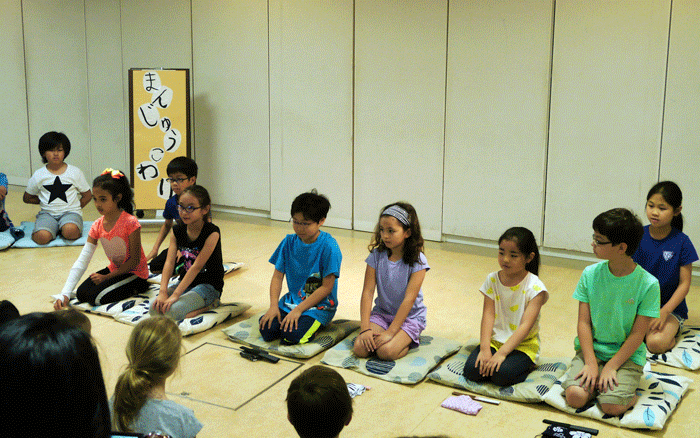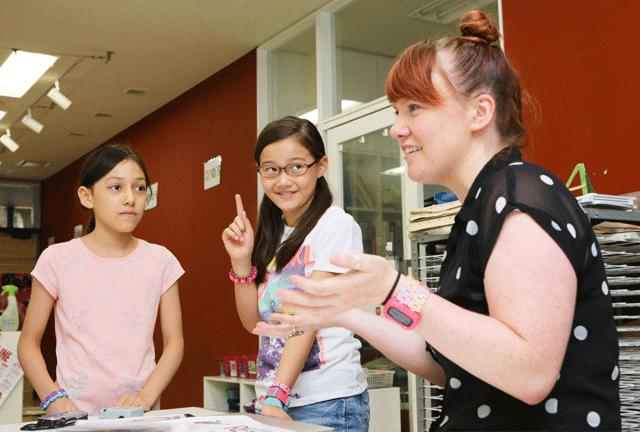Nishimachi International School is renowned for providing its students—both domestic and foreign—with an unrivaled Japanese language experience.
For international schools, it can be tricky to find a balance between English language education and providing a strong background in the language of the host country.
But as Terry Christian, Headmaster at Nishimachi International School, explained, delivering an internationally oriented curriculum while also making sure that all students develop—or maintain—a strong background in Japanese is not just a nice ideal to keep in mind. It lies at the heart of the school’s mission and dates back to its very beginnings in 1949, when founder Tané Matsukata opened Nishimachi with just four students, on the same grounds where the school stands today.
Tané Matsukata came from one of Japan’s prominent families—her grandfather Masayoshi was one of the country’s first Prime Ministers and a primary reformer of the country’s financial system during the Meiji era. Educated in the U.S., Miss Matsukata returned to Japan in 1947, as the nation was recovering from World War II. She recognized that, alongside the city that was rebuilding, the children of a new Tokyo needed an education that would prepare them for a world that was rapidly changing.
Those who knew her, such as alums Kiki Jiang-Yamaguchi, Admissions Officer at Nishimachi, and Nancy Hashima, head of the Nishimachi-Kai (Nishimachi’s Alumni Association), remembered her as a powerful figure: she could be quite motherly, and students would fondly recall their yearly visits to her office. Yet at the same time, she was known as a visionary and as someone who was fiercely determined to bring her ideas—best summed up in the school’s motto, “To share and live and learn together, yet keep a special identity”—into fruition.
Although Miss Matsukata passed away in 1989, her spirit lives on through the education that thrives within the Nishimachi community. As Christian points out, students from kindergarteners up through the ninth grade can feel the presence of the school’s founder: “Throughout the year, we always tell a few stories about her, and we always make sure that her legacy and her reasons for starting the school is something that’s built into our culture.”

A group of Nishimachi elementary students take part in a rakugo workshop
As Jiang-Yamaguchi and Hashima explain, the school’s strong sense of togetherness, and the fact that bonds are formed between students at a very young age, are some of the primary reasons that alums, and even parents of alums, hold the school very close to heart. “We dispersed at different ages, but our thoughts and feelings, and what we want for Nishimachi are something that we share.” Hashima adds that she only stayed at Nishimachi until sixth grade, “but this is where I’m spending all of my time with my alumni association work, rather than with my high school, or with my college.”
Alongside this strong sense of community comes an academic rigor and a dedication to Japanese language education. In fact, this is something that Christian cautions parents to keep in mind when they are considering Nishimachi for their children’s’ education: “If you’re coming here and you want an American education or a British education, we’re probably not the school for you. We’re a school that offers a good international education, but we want everyone to respect and embrace Japanese. Even if a student is only here for two years, we want him or her to become as proficient as possible in Japanese, because language is the window to the culture.”
Nishimachi International School
Located in Moto Azabu
Offers a rigorous international education in English with Japanese taught daily
Seeking students from kindergarten through 9th grade
Known for a particularly strong sense of community—for students, parents, and alumni
For more information please visit the official website: www.nishimachi.ac.jp
Sponsored Post









